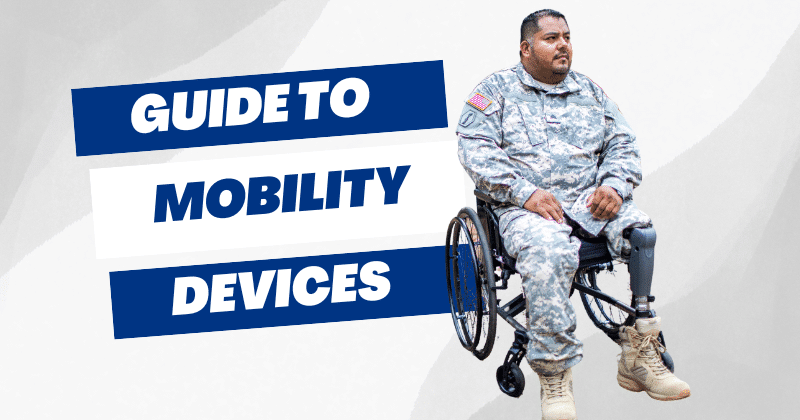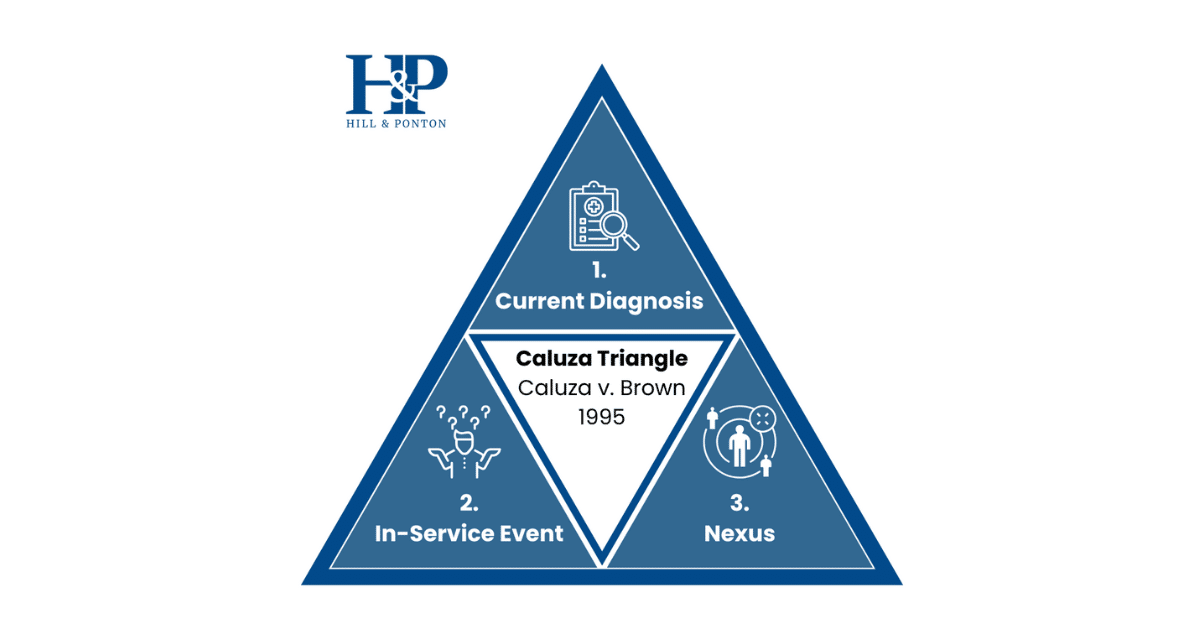Mobility aids are special tools that assist individuals who face difficulties with their movement, allowing them to experience greater freedom and independence.
These aids are commonly chosen by individuals with disabilities, injuries, or older adults who have a higher chance of falling.
By using mobility aids, people can enjoy numerous advantages.
First, they gain a sense of independence, as these devices enable them to move around with greater ease.
Second, mobility aids help reduce pain, making it more comfortable for individuals to go about their daily activities.
Third, these aids contribute to increased confidence and self-esteem, as users feel more secure and capable in their ability to move around.
A wide variety of mobility devices are available to cater to different needs.
These devices range from canes and crutches, which provide additional support while walking, to wheelchairs and stair lifts, which assist with mobility over longer distances or when facing stairs.
Types of Mobility Devices
Different types of mobility aids are available to meet specific needs based on mobility issues or injuries. Here are some commonly used mobility aids:
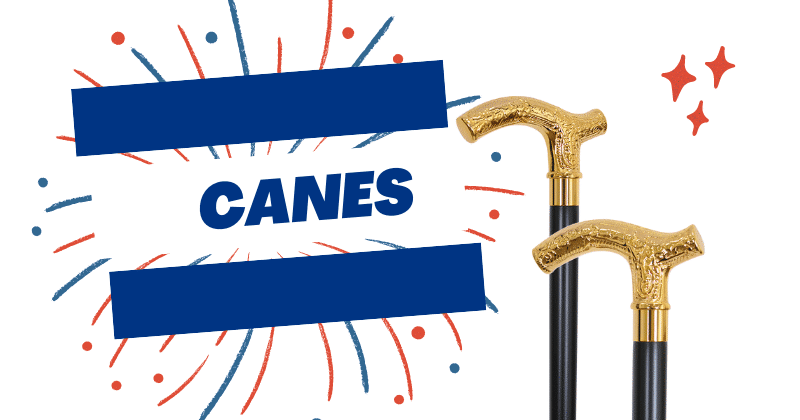
Canes
Canes are beneficial for individuals who may be at risk of falling. They function similarly to crutches by supporting the body’s weight and transferring the load from the legs to the upper body. However, canes provide less support to the lower body compared to crutches and place more pressure on the hands and wrists.
There are different types of canes that serve specific purposes:
- White canes: Designed specifically for individuals with visual impairments, white canes are longer and thinner than regular canes. They help users detect objects in their path and also indicate to others that the user is blind or visually impaired.
- Quad canes: These canes have four feet at the end, creating a wider base and offering greater stability.
- Forearm canes: Providing additional forearm support, these canes distribute more weight from the wrist to the arm.
Some canes are adjustable or foldable for convenience.
Canes used for non-medical purposes, such as by hikers, are commonly referred to as walking sticks.
It is estimated that in the United States, about 1 in every 10 adults over the age of 65 uses a cane.
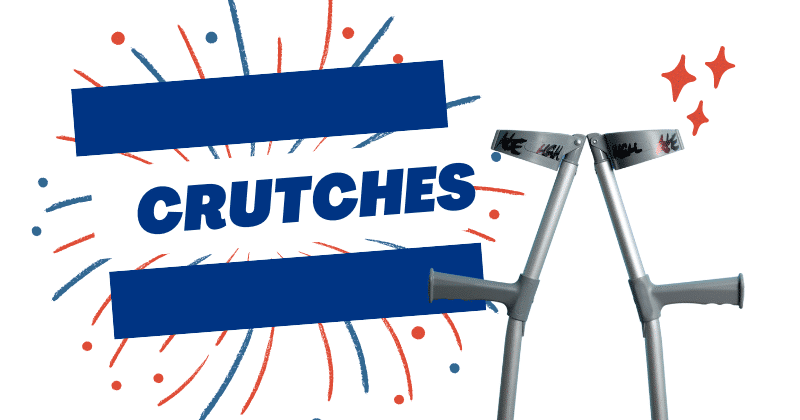
Crutches
Crutches are mobility aids that assist in shifting weight from the legs to the upper body.
They can be used individually or in pairs and are helpful for maintaining an upright posture.
Crutches are suitable for both temporary injuries and permanent disabilities.
Various types of crutches are available, each serving specific purposes:
- Axillary (underarm) crutches: These crutches feature a section that rests against the ribcage beneath the armpits, while users grip the hand grips. They are commonly used by individuals with short-term injuries.
- Lofstrand (forearm) crutches: This type of crutch involves inserting the arm into a metal or plastic cuff and holding a hand grip. Forearm crutches are more frequently used by people with long-term disabilities.
- Platform crutches: Platform crutches have a hand grip for holding while the forearm rests on a horizontal platform. They are not as commonly used, except by individuals with a weak hand grip due to conditions such as arthritis or cerebral palsy.
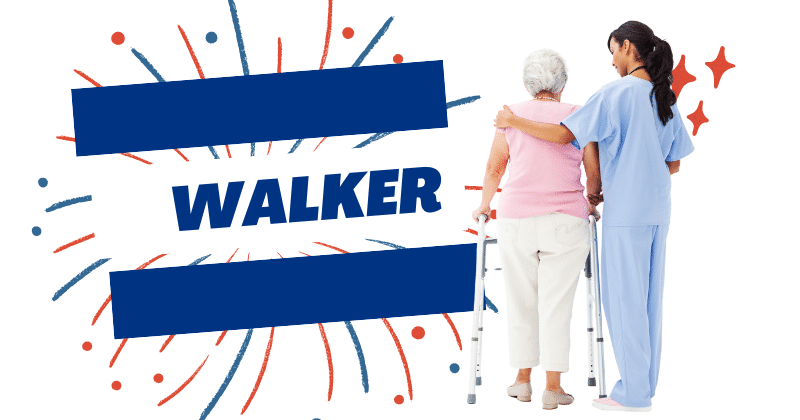
Walkers
Walkers, also known as Zimmer frames, are essential mobility aids consisting of a sturdy metal framework with four legs that offer stability and support to the user.
These walkers are widely used, with 4.6 percent of adults over 65 in the United States relying on them.
The basic walker design features a three-sided frame that surrounds the user.
To move forward, individuals lift the frame and place it a bit further ahead, then take steps to meet it, repeating the process.
Some walkers are equipped with wheels or glides on the legs’ base, enabling users to slide the walker instead of lifting it.
This feature is particularly helpful for individuals with limited arm strength.
Beyond the basic model, there are different types of walkers available:
- Rollators: This popular style of walker consists of a frame with four wheels, handlebars, and a built-in seat that allows users to rest when needed. Rollators also include hand brakes for added safety.
- Knee walkers: Similar to rollators, these devices allow users to rest their knee on a padded cushion while propelling themselves forward using their stronger leg.
- Walker-cane hybrids: Combining features of both a cane and a walker, this mobility aid has two legs instead of a full frame. It can be used with one or both hands, providing more support than a standard cane.
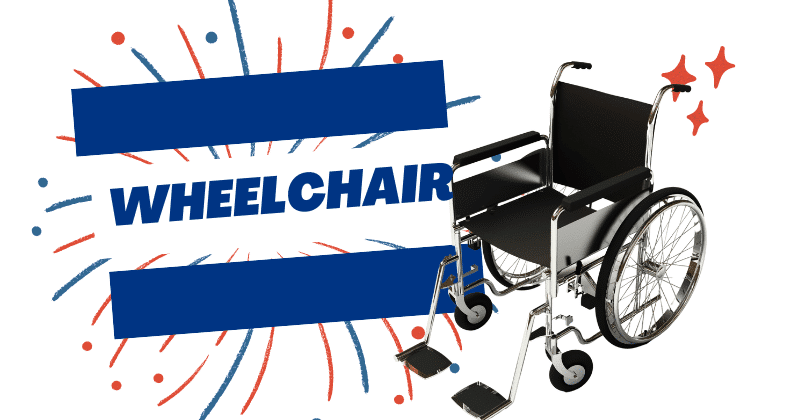
Wheelchairs
Wheelchairs are essential mobility aids utilized by individuals who cannot bear weight on their lower limbs or are unable to walk.
They are particularly beneficial for those with severe disabilities or when traveling longer distances is necessary.
Wheelchairs come in different forms:
- Manual wheelchairs: These are propelled by the user’s own strength, as they maneuver the wheels by pushing them forward or backward.
- Attendant-propelled wheelchairs: In these wheelchairs, someone else pushes or propels the wheelchair, assisting the user in moving around.
- Electric-powered wheelchairs: These wheelchairs are equipped with an electric motor, allowing for easier mobility without the need for manual effort.
In a remarkable advancement, a wheelchair controlled by neural impulses was developed in 2016, enabling users to propel the wheelchair using their brain signals.
Specialized types of wheelchairs have been designed to cater to specific needs:
- Standing wheelchairs: These wheelchairs provide support for users to assume an almost upright position, allowing them to stand partially or fully.
- Sports wheelchairs: Developed for various sports, these wheelchairs are specifically designed to enhance performance and maneuverability during specific athletic activities.
Wheelchairs play a crucial role in enhancing mobility and independence for individuals with mobility limitations.
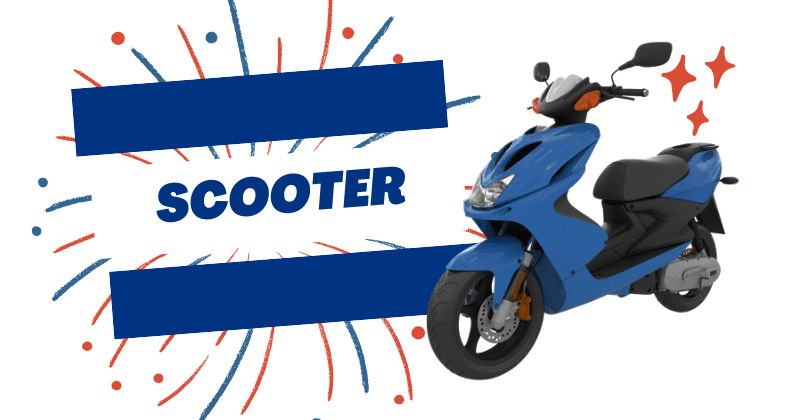
Mobility Scooter
Mobility scooters are mobility devices that resemble wheelchairs but are equipped with a seat placed on top of either three, four, or five wheels.
These scooters are controlled using handlebars or steering wheels to determine the direction of movement. They are typically powered by rechargeable batteries.
One advantage of mobility scooters is that they provide a seating option and foot plates for users, eliminating the need for upper body strength or flexibility required by manual wheelchairs.
Many individuals who use mobility scooters express positive impacts on their lives resulting from their choice of this mobility aid.
It’s important to note that the rules for using mobility scooters on sidewalks and roads can vary depending on the location. In most cases, training programs are available for individuals who are using a mobility scooter for the first time, ensuring safe and proper usage of the device.
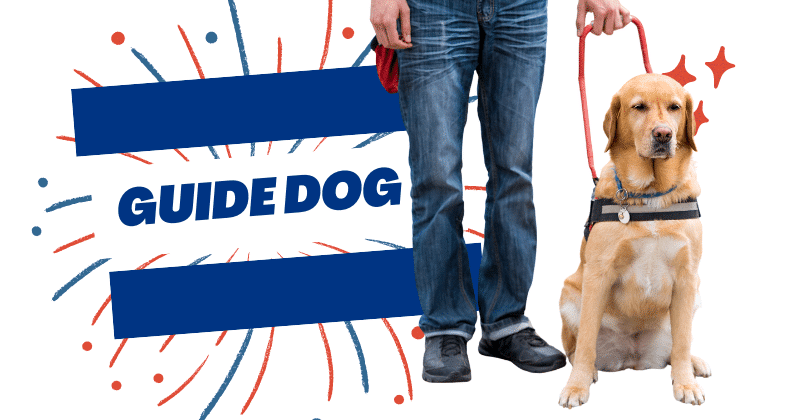
Guide Dogs
Guide dogs are highly trained service animals that offer invaluable assistance to individuals who are blind or visually impaired.
These remarkable companions are specifically trained to help their owners navigate through obstacles and safely maneuver in their surroundings.
Having a guide dog or therapy animal not only provides practical assistance but also brings forth positive effects on a psychological, physiological, and social level.
These incredible animals offer companionship, emotional support, and a sense of security to their owners, contributing to improved overall well-being.
In the United States and many other countries, it is legally mandated that service animals, including guide dogs, are granted access to any public business or agency where the general public is allowed.
Exceptions are only made when there are genuine health or safety concerns.
This ensures that individuals with service animals can fully participate in public life, accessing the same spaces and services as everyone else.
Safety Modifications
Safety modifications can greatly improve accessibility and mobility within homes or offices, particularly in areas where there are changes in surface heights.
Here are some important modifications to consider:
- Ramps: Access ramps play a crucial role, especially for individuals using wheelchairs or scooters who may face challenges with stairs. Ramps provide a smoother and easier way to navigate, ensuring everyone can access buildings. Additionally, individuals with walkers, canes, or crutches may find ramps more convenient compared to steps.
- Stair lifts: These devices are designed to transport people and wheelchairs up and down stairs, either by moving along the staircase or through a dedicated floor space. Stair lifts are especially helpful for individuals who have difficulty climbing stairs but still want to access different levels of a building.
- Handrails: Special handrails are installed in many restrooms and near entrances to offer support and stability to individuals with mobility issues. These handrails assist in maintaining balance and can be incredibly beneficial for individuals with difficulty walking or navigating stairs.
By implementing these safety modifications, individuals with mobility challenges can experience increased independence and accessibility, ensuring they can navigate buildings and spaces with greater ease and confidence.
Who can benefit from mobility aids?
A wide range of individuals can benefit from using mobility aids, whether they have a temporary or long-term mobility issue.
The specific type of mobility aid needed will vary depending on each person’s unique needs and circumstances.
Mobility aids can be beneficial for people with various conditions, including:
- Arthritis: Mobility aids can assist individuals experiencing joint pain and stiffness.
- Cerebral palsy: People with cerebral palsy can benefit from aids that enhance their mobility and independence.
- Developmental disabilities: Mobility aids can provide support and assistance for individuals with developmental challenges.
- Diabetic ulcers and wounds: Specialized aids can aid in protecting and healing wounds in the lower limbs.
- Balance difficulties: Mobility aids offer stability and help individuals maintain balance while moving.
- Fractures or broken bones in the lower limbs: Aids such as crutches or walkers can aid in mobility during the healing process.
- Gout: Mobility aids can help alleviate discomfort and support movement for individuals with gout.
- Heart or lung issues: Certain mobility aids assist individuals with heart or lung conditions to conserve energy while moving.
- Injury to the legs, feet, or back: Mobility aids provide support and facilitate movement during the recovery process.
- Obesity: Aids such as bariatric wheelchairs or walkers can accommodate individuals with obesity and provide support.
- Spina bifida: Mobility aids can improve independence and mobility for individuals with spina bifida.
- Sprains and strains: Aids like crutches or canes aid in mobility while recovering from sprains or strains.
- Walking impairment due to brain injury or stroke: Mobility aids can assist individuals in regaining walking abilities and independence.
- Visual impairment or blindness: Guide dogs, white canes, or other mobility aids help individuals with visual impairments navigate their surroundings.
Furthermore, older adults, individuals who have undergone amputations, and those recovering from surgery can also benefit greatly from using mobility aids to enhance their mobility, independence, and overall quality of life.
Risks
While mobility aids offer numerous benefits, it’s important to be aware of the potential risks and associated injuries that can occur during their use.
For instance, using underarm crutches for an extended period may result in a condition called crutch paralysis.
This happens when excessive pressure is exerted on the nerves in the armpit, causing discomfort and potential nerve damage.
Improper or excessive use of mobility aids can also contribute to other types of injuries.
Research indicates that a significant number of users are not adequately trained in the proper use of their mobility aid.
Shockingly, only one-third of users receive their mobility aid from a medical professional, and a mere 20 percent receive proper training.
To ensure safe and effective use of a new mobility aid, it is crucial for individuals to schedule an appointment with a doctor or physical therapist.
These healthcare professionals can provide essential guidance and training on how to correctly use the device, reducing the risk of injuries and maximizing the benefits gained from the mobility aid.
